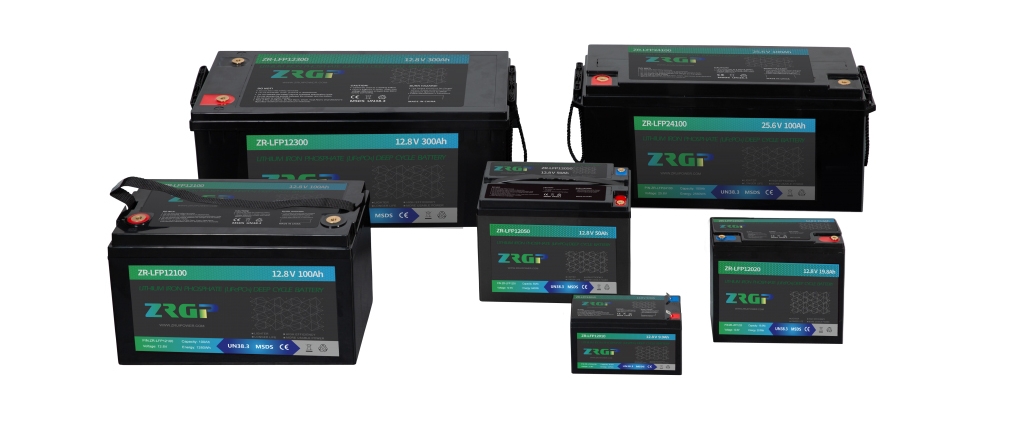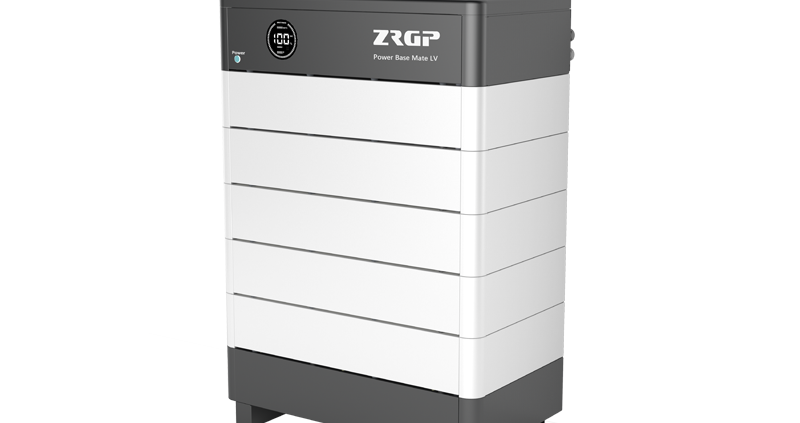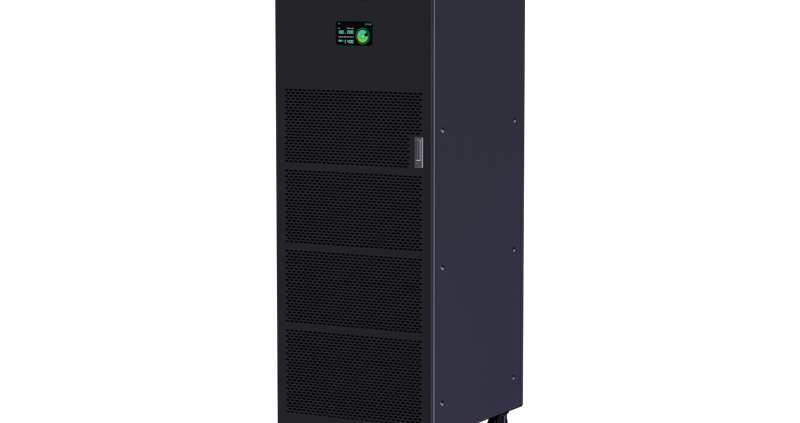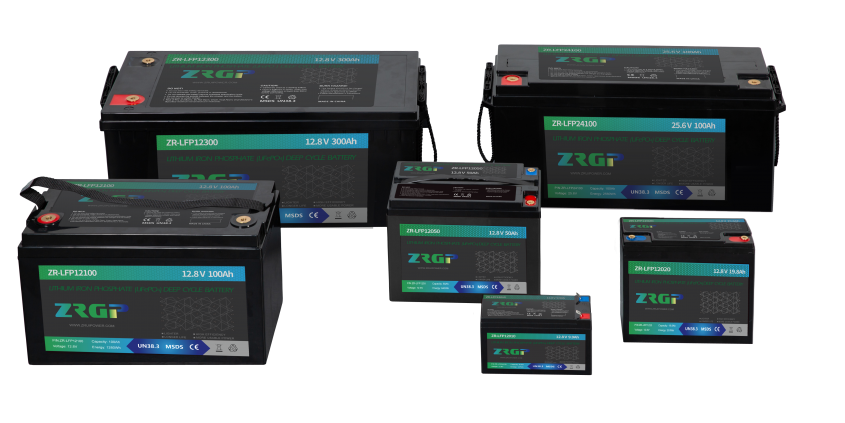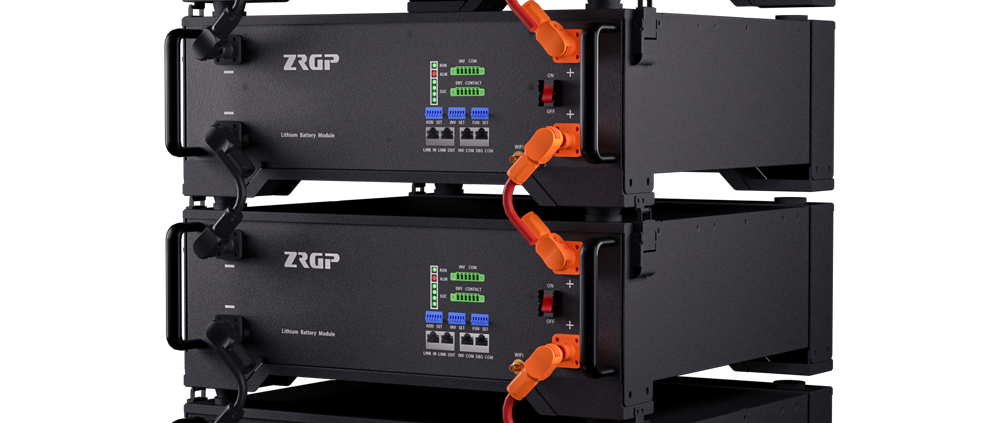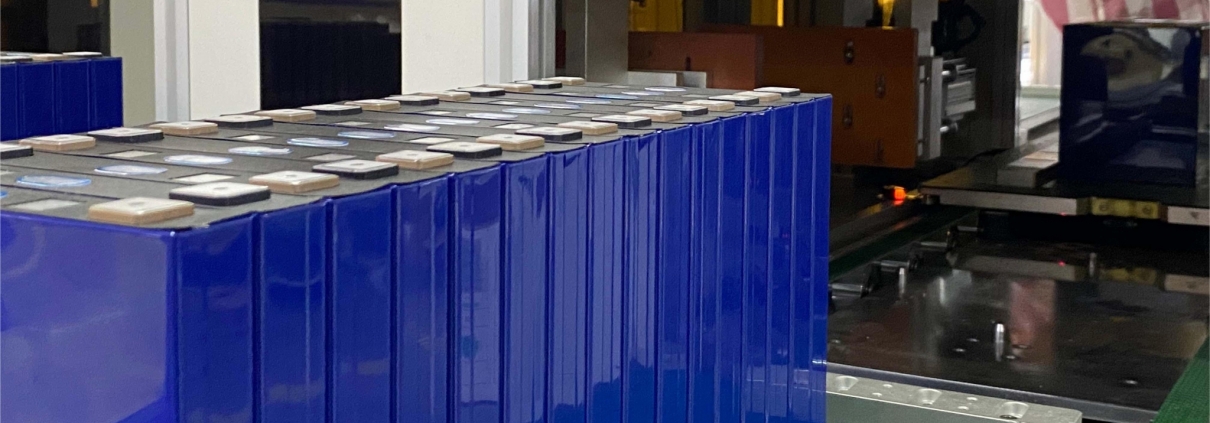Common Faults in LiFePO4 Lithium Batteries
Common Faults in LiFePO4 Lithium Batteries
LiFePO4 lithium batteries have gained significant popularity due to their high energy density and long lifespan. However, like any other technology, they are prone to faults and failures. Understanding these common faults and their solutions is crucial for maximizing the performance and safety of LiFePO4 batteries.
Overcharging
Overcharging is a prevalent issue with lithium batteries, including LiFePO4 variants. When a battery is overcharged, it can lead to excessive heat generation, electrolyte decomposition, and structural damage to the battery cells. This not only reduces the battery’s capacity but also poses safety risks such as thermal runaway.
Over-discharging
Over-discharging occurs when a battery is discharged below its recommended voltage threshold. This can cause irreversible damage to the battery, leading to capacity loss, increased internal resistance, and even cell reversal. Over-discharging is particularly common in applications where the battery is subjected to deep cycles or prolonged periods of disuse.
Thermal Runaway
Thermal runaway is a catastrophic failure mode characterized by uncontrolled heat generation within the battery cells. It can be triggered by factors such as overcharging, internal short circuits, or exposure to high temperatures. Once initiated, thermal runaway can propagate rapidly, leading to cell rupture, fire, or explosion.
Internal Short Circuits
Internal short circuits occur when the electrodes within the battery come into direct contact, bypassing the separator. This can result from manufacturing defects, physical damage, or electrode degradation over time. Internal short circuits can cause localized heating, cell swelling, and in severe cases, thermal runaway.
Capacity Loss
Capacity loss is a gradual degradation of the battery’s ability to store and deliver energy over time. It can be caused by factors such as overcharging, over-discharging, high operating temperatures, and electrode aging. Capacity loss not only reduces the runtime of the battery but also affects its overall performance and efficiency.
Symptoms of LiFePO4 Battery Faults
Recognizing the symptoms of LiFePO4 battery faults is essential for early detection and prevention of potential failures. Some common symptoms to watch out for include:
- Decreased performance: Reduced runtime or power output compared to the battery’s rated specifications.
- Reduced capacity: The battery’s ability to hold a charge diminishes over time, resulting in shorter operating cycles.
- Increased heating during charging: Excessive heat generation during charging indicates inefficient energy conversion or internal resistance.
- Swelling or bulging of the battery: Physical deformities such as swelling or bulging may indicate internal damage or electrolyte leakage.
Diagnosing LiFePO4 Lithium Battery Faults
Diagnosing faults in LiFePO4 lithium batteries requires specialized equipment and techniques. Some common diagnostic methods include:
- Voltage testing: Measuring the battery’s voltage under load and comparing it to the manufacturer’s specifications can reveal abnormalities such as overcharging or over-discharging.
- Internal resistance measurement: Monitoring the battery’s internal resistance provides insights into its overall health and performance.
- Thermal imaging: Using infrared cameras to detect hotspots or temperature gradients within the battery pack can identify potential thermal runaway risks.
Solutions for Common LiFePO4 Lithium Battery Faults
Addressing common faults in LiFePO4 lithium batteries requires a combination of preventive measures and corrective actions. Some effective solutions include:
- Proper charging techniques: Adhering to manufacturer-recommended charging profiles and avoiding overcharging or over-discharging can extend the battery’s lifespan and performance.
- Implementing battery management systems (BMS): Installing BMS systems with built-in protection features such as voltage monitoring, temperature control, and cell balancing can prevent faults and ensure safe operation.
- Thermal management systems: Incorporating cooling systems or heat sinks into the battery design helps dissipate excess heat and mitigate thermal runaway risks.
- Regular maintenance and monitoring: Performing routine inspections, capacity tests, and internal resistance measurements allows early detection of potential faults and timely intervention.
Preventive Measures to Avoid LiFePO4 Battery Faults
Taking proactive steps to prevent faults in LiFePO4 batteries can significantly enhance their reliability and longevity. Some preventive measures to consider include:
- Proper storage conditions: Storing batteries in a cool, dry environment away from direct sunlight and moisture prevents degradation and prolongs their shelf life.
- Avoiding extreme temperatures: Operating batteries within their recommended temperature range helps maintain optimal performance and prevents thermal-related failures.
- Routine inspections and maintenance: Conducting regular visual inspections, capacity checks, and firmware updates ensures that batteries are operating within safe parameters and minimizes the risk of faults.
Safety Precautions when Dealing with LiFePO4 Batteries
Handling and operating LiFePO4 batteries safely is paramount to prevent accidents and ensure user safety. Some essential safety precautions include:
- Handling and storage precautions: Avoiding physical damage, punctures, or exposure to fire or extreme temperatures during storage and transportation minimizes the risk of short circuits or thermal runaway.
- Charging safety measures: Using compatible chargers and following manufacturer guidelines for charging rates and voltages prevents overcharging and thermal-related failures.
- Disposal guidelines: Properly disposing of end-of-life batteries according to local regulations and recycling programs reduces environmental impact and prevents potential hazards.
LiFePO4 lithium batteries offer numerous advantages in terms of energy density, lifespan, and safety compared to traditional lithium-ion counterparts. However, they are still susceptible to common faults and failures, which can affect their performance and longevity. By understanding these faults, implementing preventive measures, and following safety precautions, users can maximize the reliability and safety of LiFePO4 batteries in various applications.

